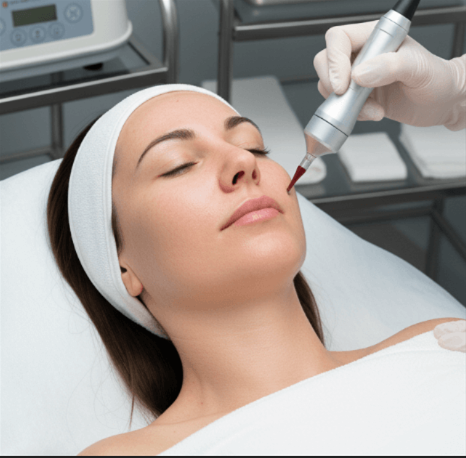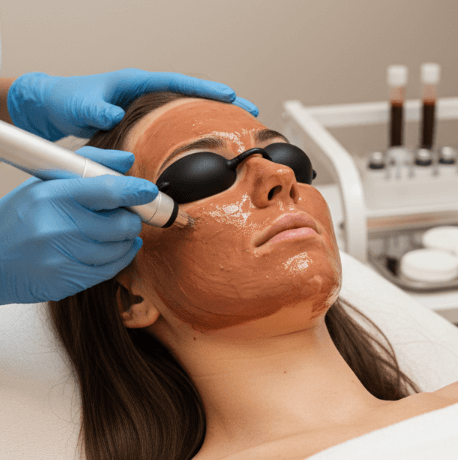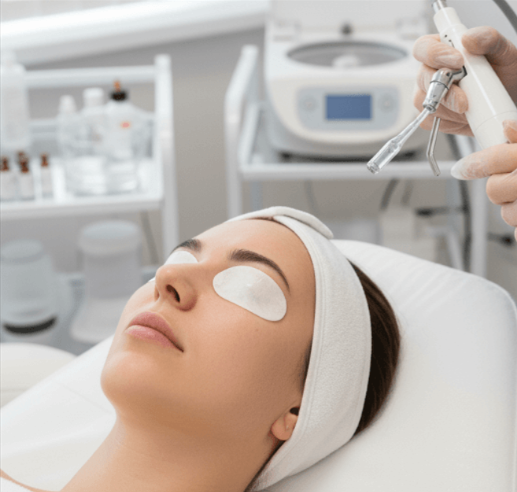Undergoing surgery—whether cosmetic, reconstructive, or medical—marks the beginning of an important healing journey. A structured post-surgery recovery program is essential to ensure optimal healing, minimize complications, and achieve the best possible results.
Recovery isn’t just about resting; it involves a coordinated plan of physical care, nutrition, emotional support, and follow-up medical attention tailored to your specific surgery and health status.
In this guide, we’ll walk you through the key components of an effective post-surgery recovery program, what you can expect, and how expert care can make all the difference.
🩺 Why a Post-Surgery Recovery Program Matters
- Promotes faster healing: Proper care enhances tissue repair and reduces swelling and pain.
- Reduces risk of complications: Early detection and management of infections, bleeding, or scarring.
- Improves surgical outcomes: Adherence to guidelines helps preserve surgical results.
- Supports physical and emotional well-being: Addresses fatigue, mood changes, and anxiety.
- Facilitates a safe return to daily activities: Gradual rehabilitation tailored to your pace.
🛠️ Key Elements of a Post-Surgery Recovery Program
1. Customized Care Plan
- Individualized based on your surgery type, health status, age, and lifestyle.
- Detailed instructions on wound care, medication, and activity restrictions.
2. Pain Management
- Multimodal approach combining medications, cold therapy, and relaxation techniques.
- Regular assessment to balance effective pain relief with minimizing side effects.
3. Wound and Scar Care
- Guidance on cleaning, dressing changes, and monitoring for infection signs.
- Use of silicone gels, sheets, or laser treatments to optimize scar healing.
4. Nutrition and Hydration
- Balanced diet rich in protein, vitamins (especially A and C), minerals (zinc), and antioxidants.
- Adequate fluid intake to support metabolic processes and tissue repair.
5. Physical Rehabilitation
- Gradual reintroduction of movement and exercises to prevent stiffness and improve circulation.
- Physical therapy if needed to regain strength and range of motion.
6. Emotional and Psychological Support
- Counseling or support groups to address stress, anxiety, or body image concerns.
- Mindfulness and stress-reduction techniques.
7. Regular Follow-Up and Monitoring
- Scheduled visits for suture removal, wound assessment, and progress evaluation.
- Early intervention for any complications.
🕒 Typical Post-Surgery Recovery Timeline
| Phase | Timeline | Focus |
|---|---|---|
| Immediate | 1–3 days | Pain control, rest, swelling reduction |
| Early | 1–2 weeks | Wound healing, limited movement |
| Intermediate | 3–6 weeks | Physical therapy, scar management |
| Late | 6 weeks+ | Return to normal activities, long-term scar care |
👩⚕️ Role of Healthcare Professionals
Your recovery team may include:
- Surgeons and nurses providing medical care and instructions
- Physical therapists guiding rehabilitation
- Nutritionists recommending diet plans
- Psychologists or counselors offering emotional support
- Patient coordinators ensuring seamless communication and care
🏥 Advantages of a Structured Recovery Program in Korea
Korea is known for its comprehensive post-surgical care protocols, especially in cosmetic and reconstructive surgery, offering:
- Multidisciplinary teams specialized in recovery
- High standards of hygiene and infection control
- Access to advanced therapies like lymphatic drainage massage and laser scar treatment
- Personalized recovery coaching with international patient support
- Comfortable facilities designed for healing and privacy
💬 Patient Success Story
“The recovery program after my facelift was amazing. The team guided me on every step, from pain management to skin care, and I healed faster than I expected.”
— Hana L., 42
🌟 Final Thoughts: Prioritize Your Recovery for Lasting Results
Surgery is just the start; your recovery is where healing and transformation truly happen. A comprehensive, expert-led post-surgery recovery program ensures you regain your health safely and achieve the beautiful, natural results you desire.
If you’re planning surgery or are in the recovery phase, choose a care team that supports you every step of the way—for your body, mind, and confidence.




